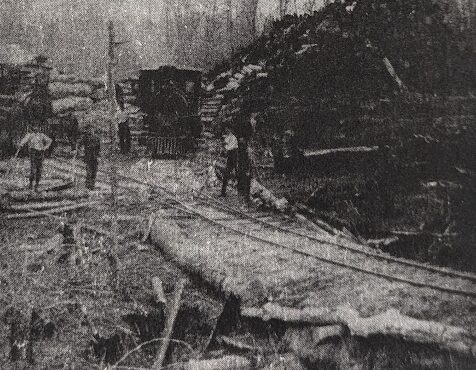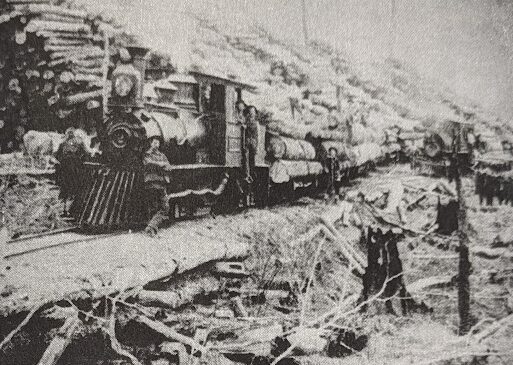
The Legacy of Chief Owasippe
In the mid-19th century, Chief Owasippe led the Potawatomi people in what is now known as Michigan. His village was located near the beautiful White River, a place known for its abundant natural resources. This area, rich in history and natural beauty, later became part of the famous Owasippe Scout Reservation, a significant site for the Boy Scouts of America.
Chief Owasippe is remembered not only for his leadership but also for the tragic tale of his two sons. According to legend, his sons embarked on a journey but never returned, leading the Chief to sit daily on a high bluff, watching for their return until he passed away from a broken heart. This location is now known as Burying Ground Point, where the remains of his sons were eventually found.
The Dalton’s Mill Story
In 1884, Capt. James Dalton Jr. and his brother Peter Dalton established a water-powered sawmill in this area, inspired by tales from local Native Americans about the creek. This mill was significant as it was the area’s second water mill, and it operated until 1888. The Dalton family played a crucial role in the local economy, later building a steam mill and becoming prominent figures in the community.
Emma Dalton Mason, a notable member of the Dalton family, continued their legacy by purchasing the property and contributing to the local business landscape. Her family remained influential in the White Lake area for many years.

The Old Covell Lumber Railway
Logging was a major industry in Michigan during the late 19th century. The Covell Lumber Railway, constructed to haul logs, is a testament to this era. These railways facilitated the transportation of massive logs from the forests to the mills, playing a vital role in the logging operations that were crucial to the region’s economy.

The Owasippe Scout Reservation
Founded in 1911, the Owasippe Scout Reservation is America’s oldest continuously operating Boy Scout camp. It was established on land near Crystal Lake, thanks to the efforts of the Boy Scouts of America in Chicago. The camp, spanning over 5,000 acres, offers a magical outdoor experience with its rolling hills, clear lakes, and dense forests. It serves as a reminder of the region’s rich history and natural beauty.
Today, Owasippe Scout Reservation continues to inspire young scouts, offering them a glimpse into the past and the chance to walk the same trails once traveled by Chief Owasippe and his people. The stories and legends surrounding this area make it a place of historical significance and natural wonder, keeping the legacy of Chief Owasippe and the early settlers alive for future generations.

Interactive White Lake History
As we deliver articles weekly, I challenge you to be curious, explore the local area, and take pictures at these historic locations, and tag CatchMark Community.
Next week we will explore Eagle Tanning Works — Area’s Oldest Business 1866. If you enjoy history and like our content please like and subscribe to our online resources. Also, check out the White Lake Area Historical Society website listed below.
http://www.whitelakeareahistoricalsociety.com/
https://www.facebook.com/CatchMarkCommunity
Owen Raeth joined CatchMark in August 2020 as a Tech Support Intern, then transitioned to DMM to learn graphic design. He is a 2024 graduate of Montague High School. Owen Raeth is a Digital Marketing and Media Intern at CatchMark Technologies with growing experience in video editing, content creation, and drone operations. A 2024 high school graduate, Owen is currently pursuing a degree in English education with a long-term goal of integrating technology into the classroom. Passionate about teaching, communication, and digital tools, he brings strong public speaking skills, hands-on technical ability, and a creative mindset to his work. Owen is committed to bridging education and media to empower future learners.
Must See
-


Community
/ 14 hours agoWhitehall Police Department Weekly Report: May 14–20
Middle School Student Cited for Vape Possession – May 14A 15-year-old was issued a...
By Owen Raeth -


Community
/ 23 hours agoWhitehall District Schools Board Meeting Recap – May 19, 2025
The Whitehall District Schools Board of Education met on Monday, May 19, 2025, at...
By Kara Raeth -


Community
/ 2 days agoCity of Montague Council Meeting Recap – May 19, 2025
The Montague City Council met on May 19, 2025, for its regular monthly meeting...
By Kara Raeth










